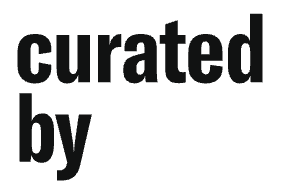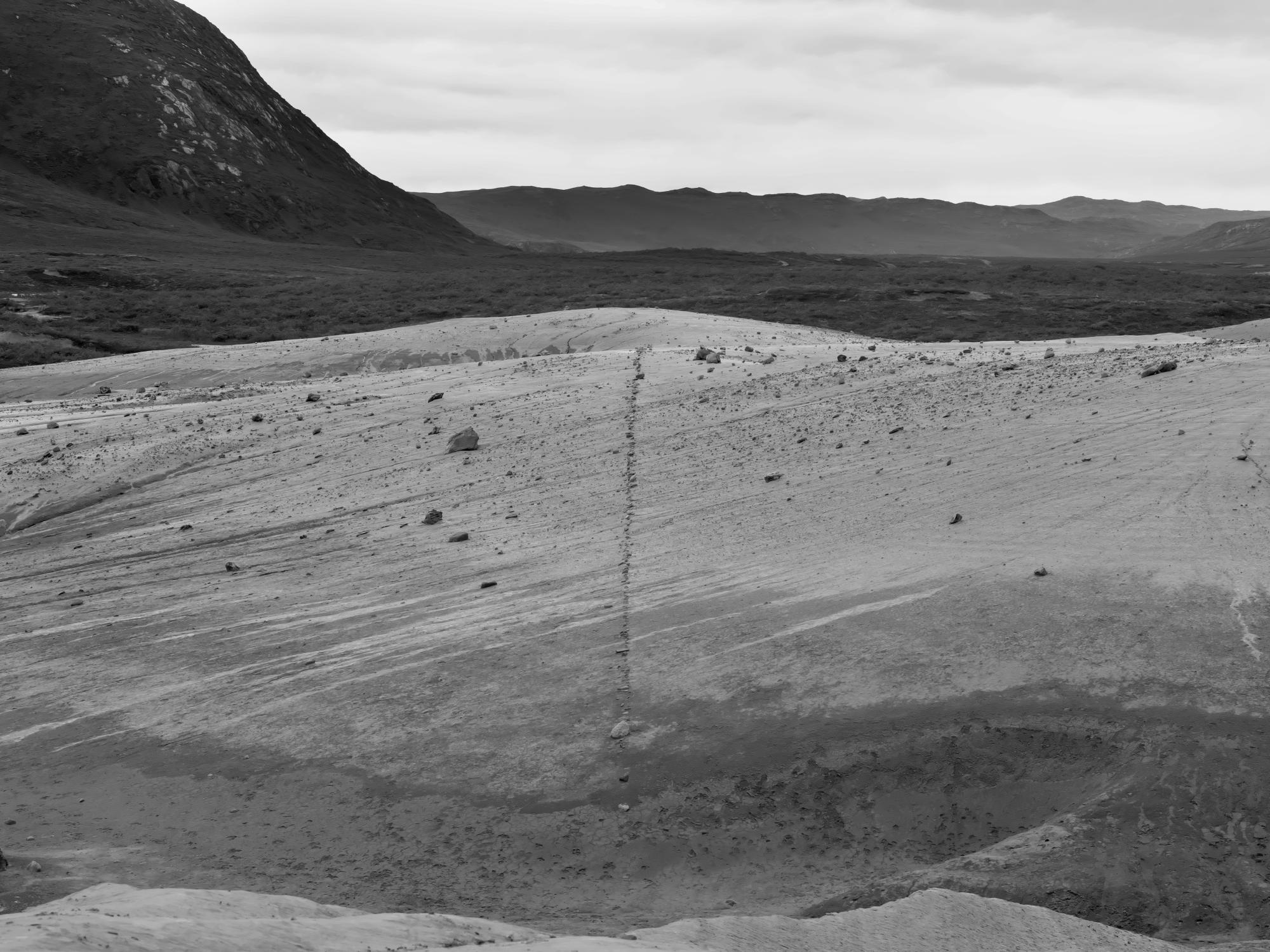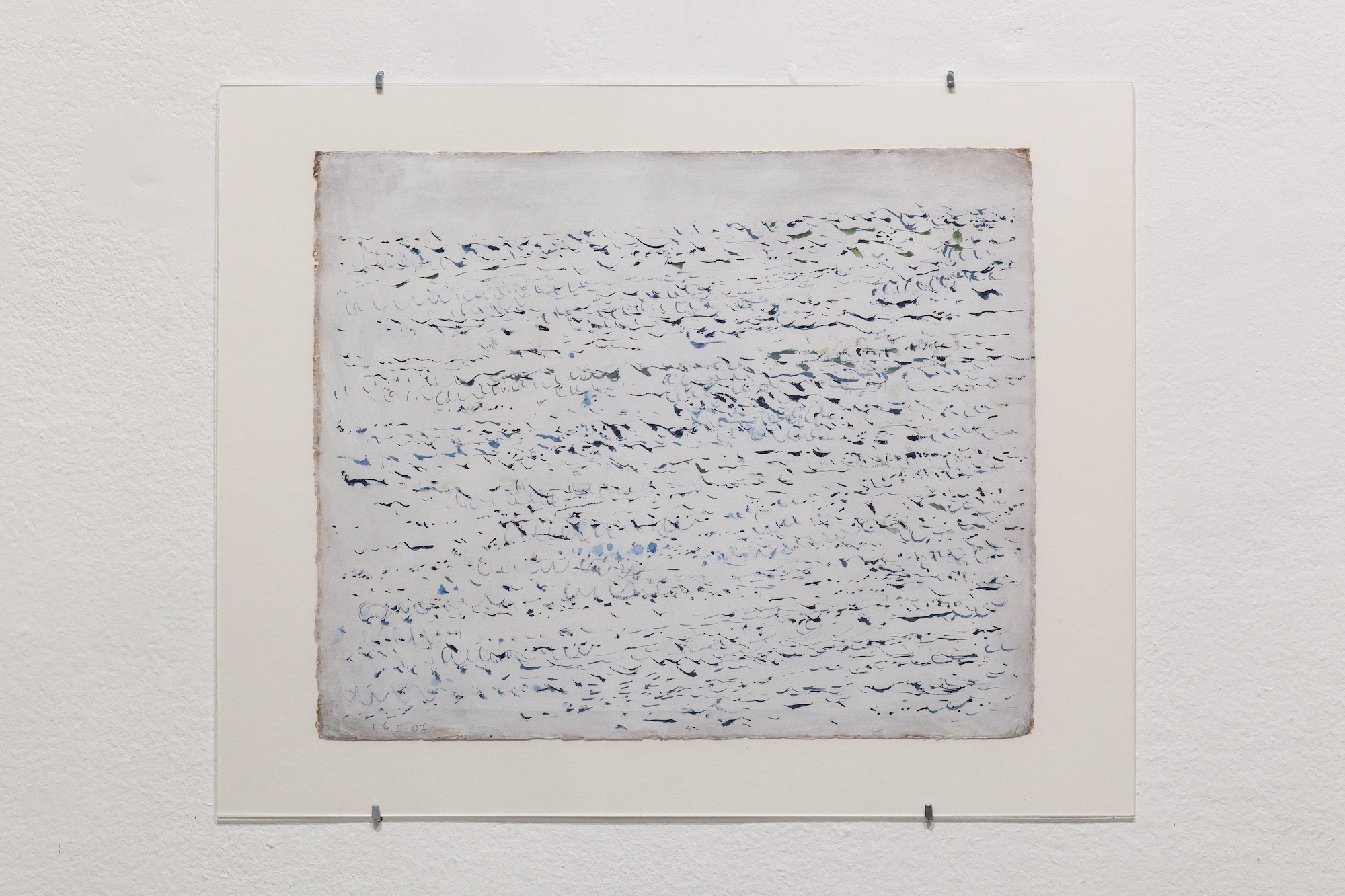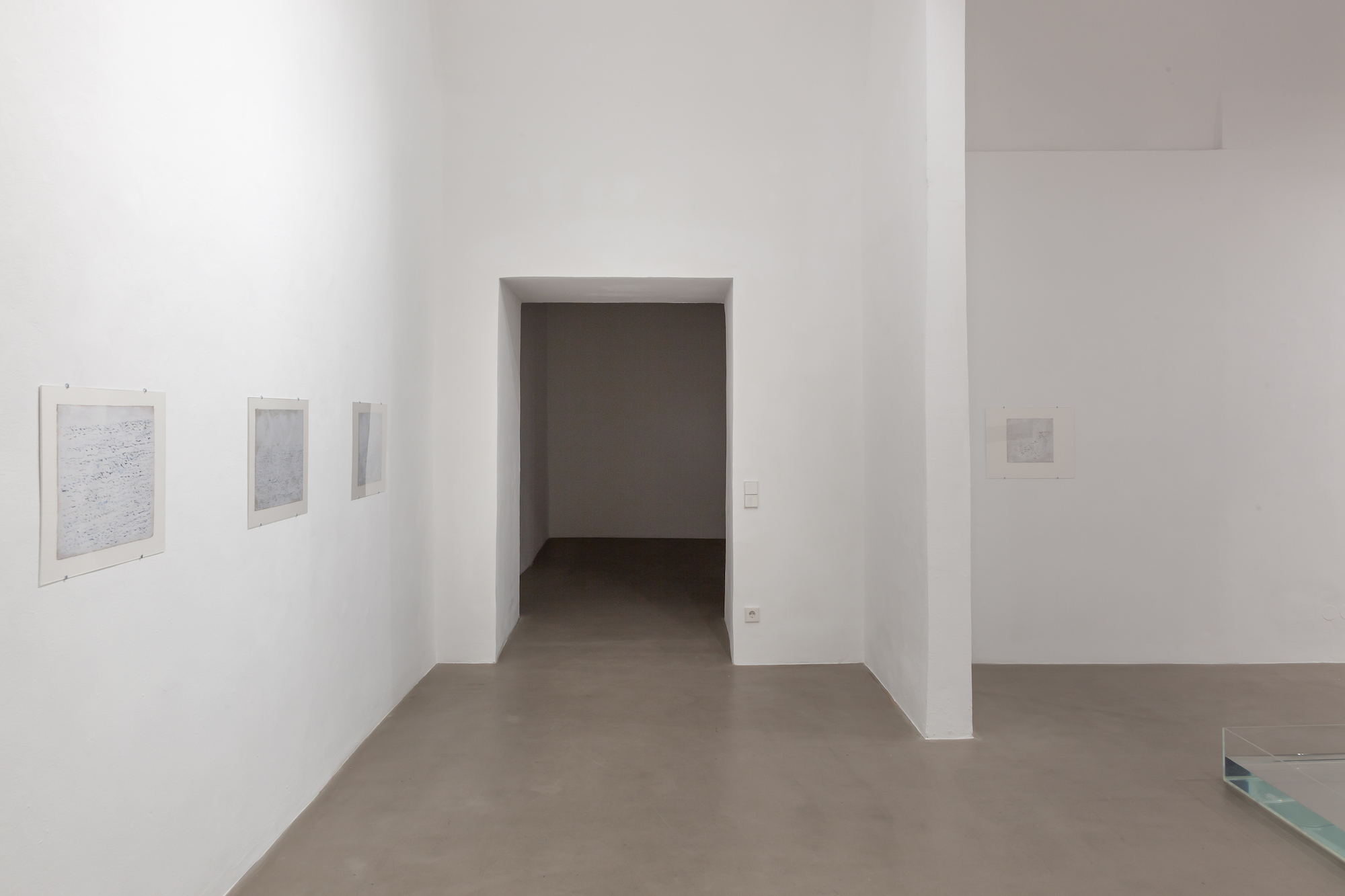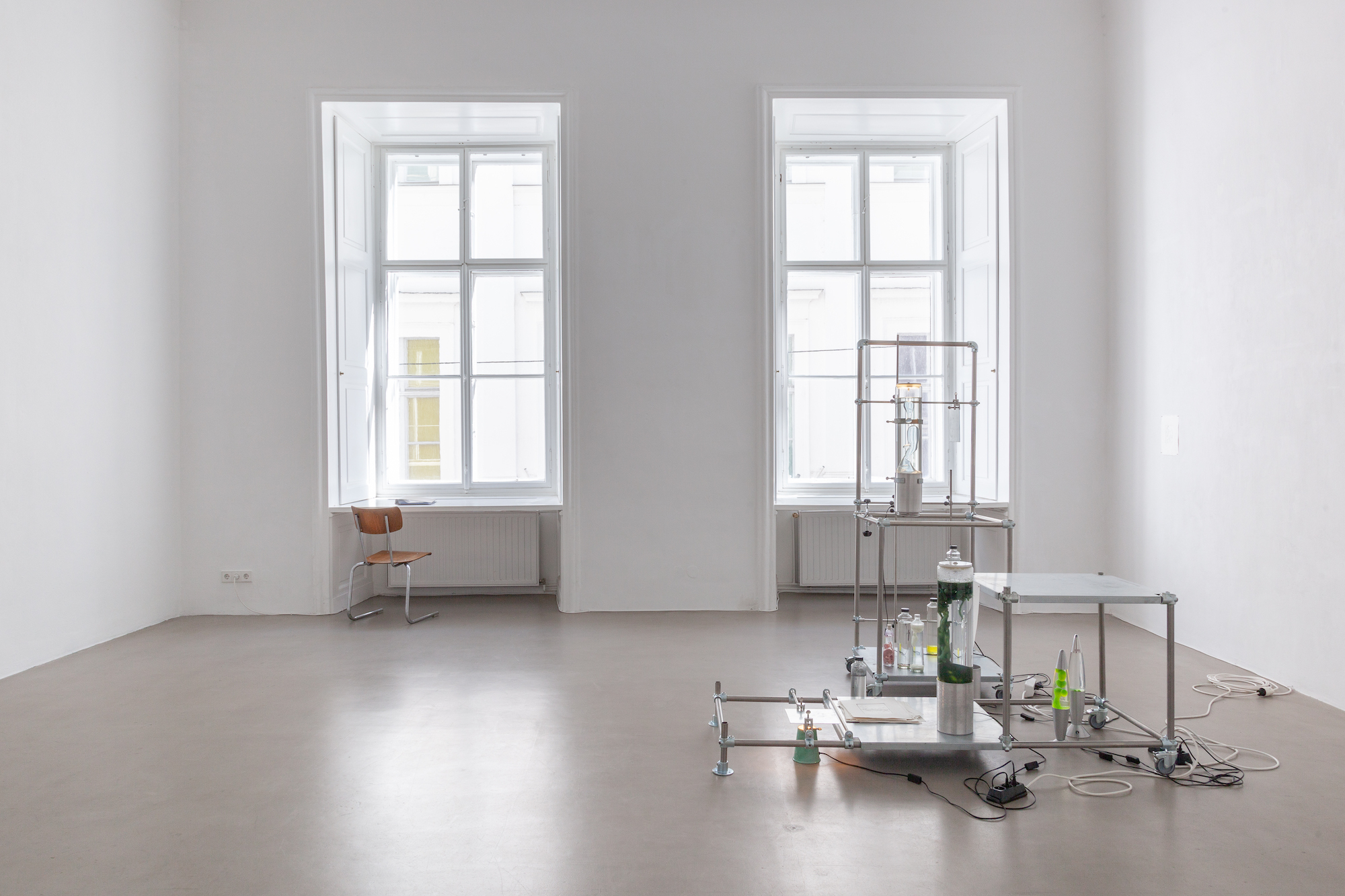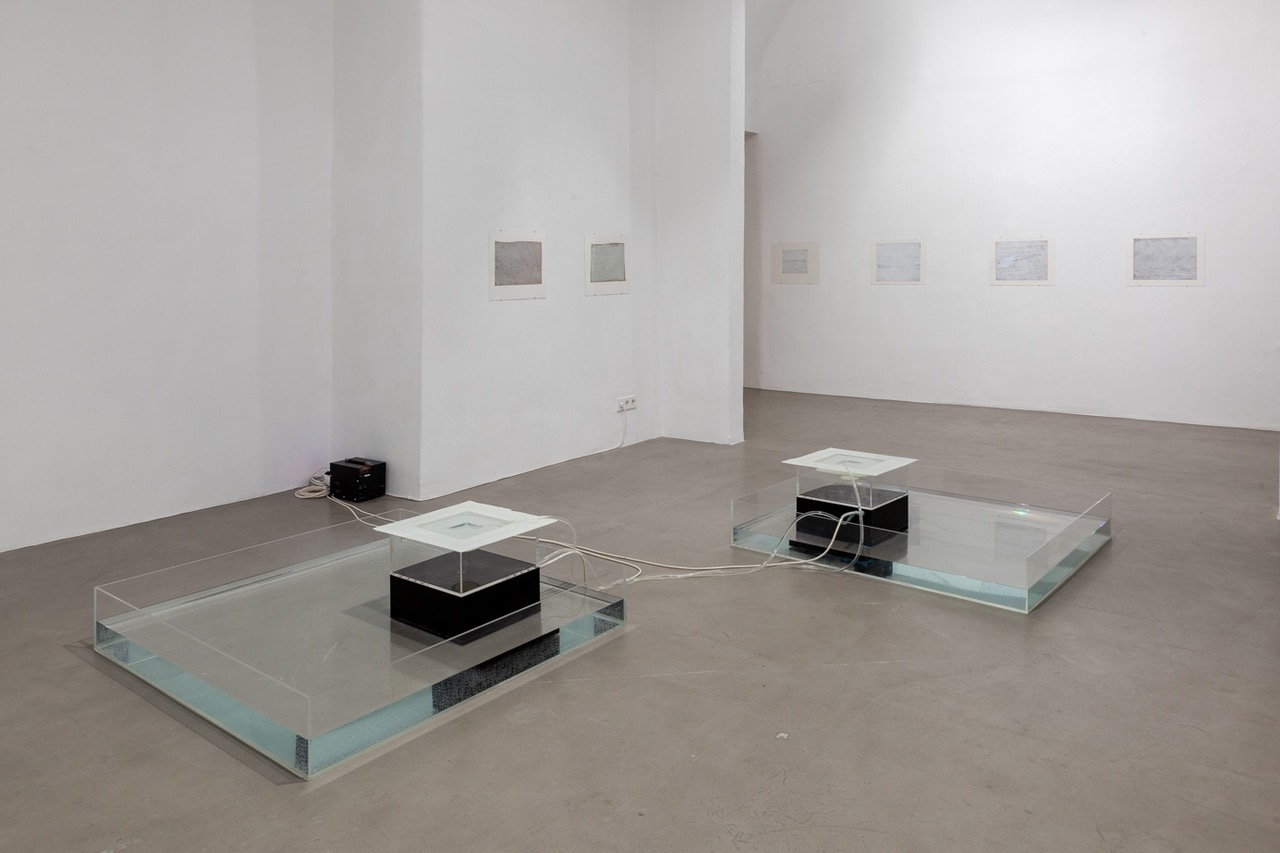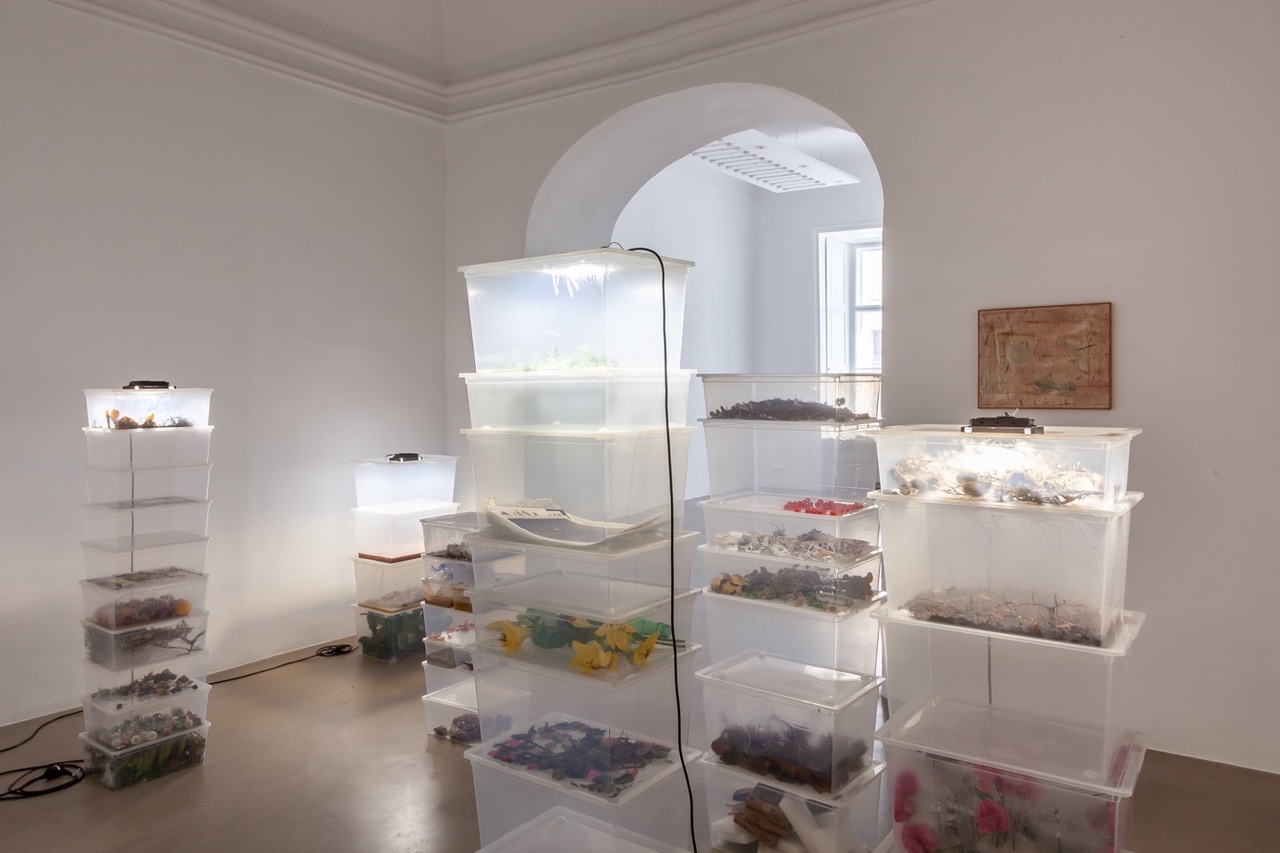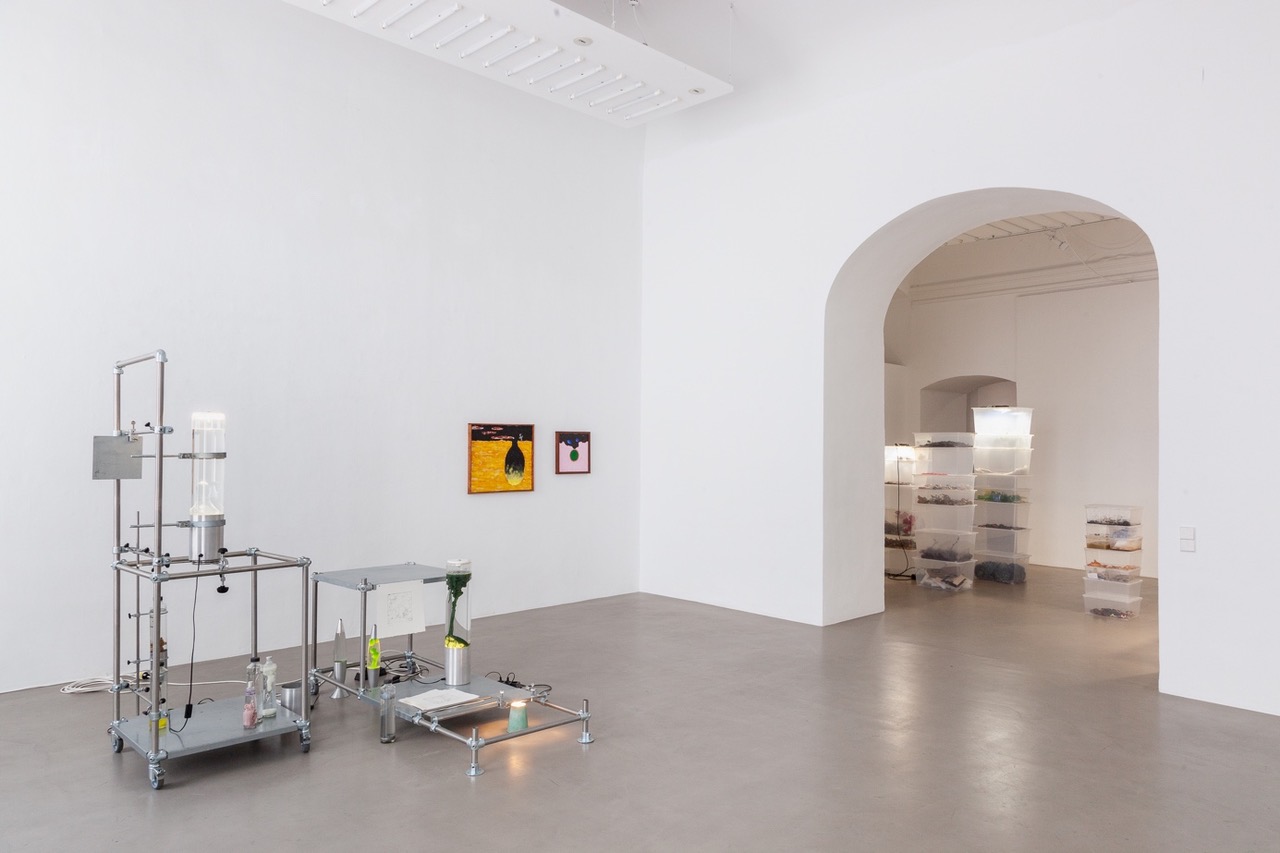Charim Galerie curated by Kristian Vistrup Madsen
„Play It As It Lays“

www.charimgalerie.at
Curator(s):


Artist(s):
-
Christopher Aque More(USA, 1987)
-
Richard Hawkins More(USA, 1961)
-
Evelina Jonsson More(Sweden, 1990)
-
Lazar Lyutakov More(Bulgaria, 1977)
-
James Richards MoreJames Richards (b. Cardiff, UK 1983) lives and works in Berlin and London. Known for his provocative and visually seductive moving-image works that collage together a wide range of source material, James Richards’s work carves out a space where personal politics and digital materiality might meet. Recent exhibitions include When We Were Monsters, Haus Mödrath (2021); The Holding Environment, Bonner Kunstverein (2021); Alms for the Birds, Castello Di Rivoli (2020); Speed II, Malmö Konsthall w/ Leslie Thornton (2019) Requests and Antisongs ICA, London (2016) In 2017 Richards represented Wales at the 57th Venice Biennale, and he was shortlisted for the 2014 Turner prize.
-
Inge Grünwaldt Svensson More(Denmark, 1942)
-
Megan Francis Sullivan More(USA, 1975)
Exhibition text
More
Play It As It Lays is an exhibition that takes its name from Joan Didion’s 1970 novel about late twentieth century nihilism, a nihilism of surfeit and ennui. It is a revisitation upon the aftermath of the sixties, that great schism in culture, that sees not – or not only – youthful force, progressivism and unrepression, but confusion, restlessness, melancholy. An empty centre.
“Formalism,” the art critic Robert Hughes wrote in Time Magazine in 1972, “is a game not worth playing anymore.” The protagonist in Didion’s novel knows this, and yet she keeps going. She is the quintessential California character for a time when California became the metonym for something greater, graver, than itself: Hollywood, Silicon Valley, The Whole Earth.
Some questions follow to the one who sensed “the dream had ended and she had slept on”. Was Land Art the formal triumph over the horizon, or a witness to the smallness of humans, an attempt at anchor? What if what we see when gazing into a lava lamp, into ourselves, is not infinity but precisely its limit: nothing?

